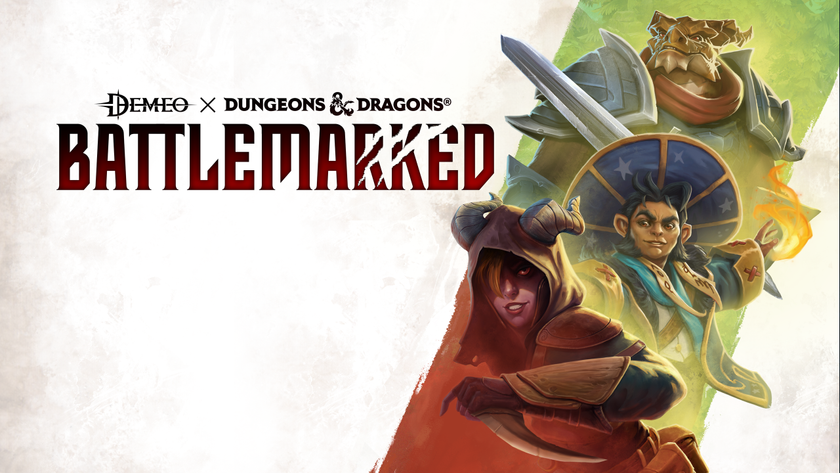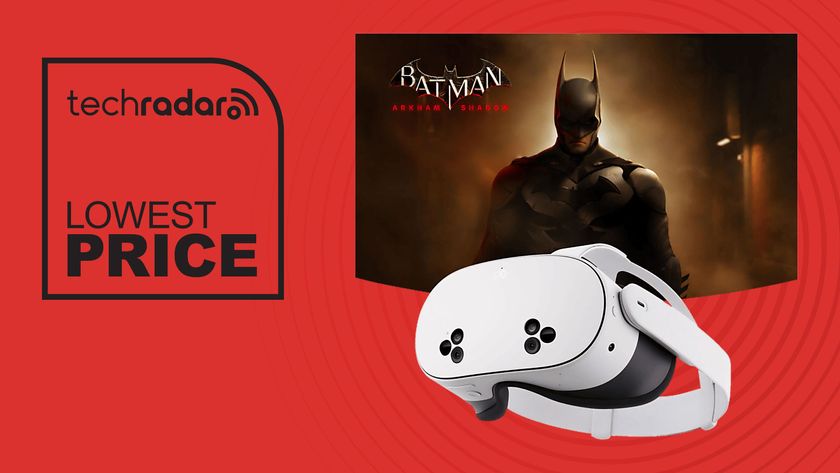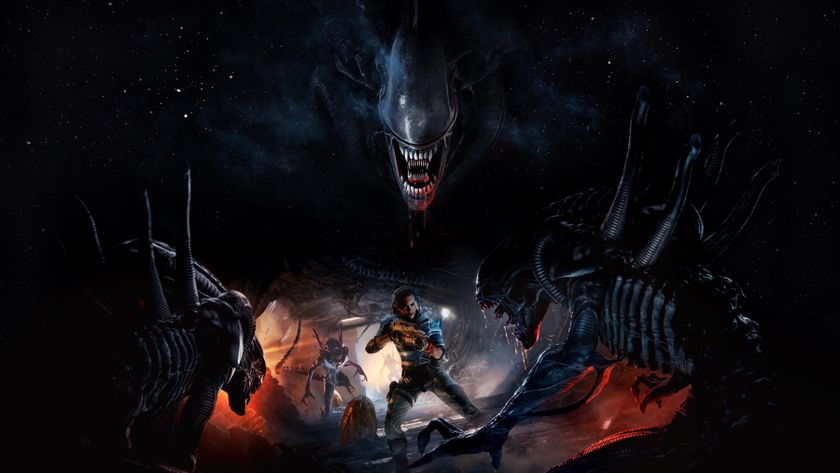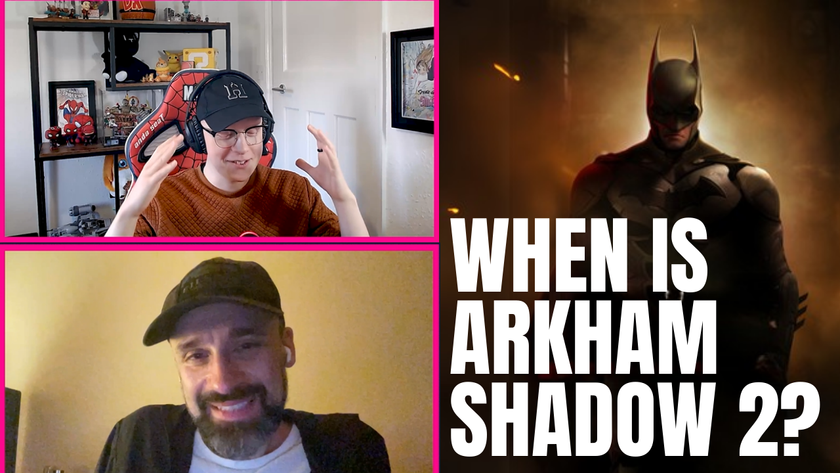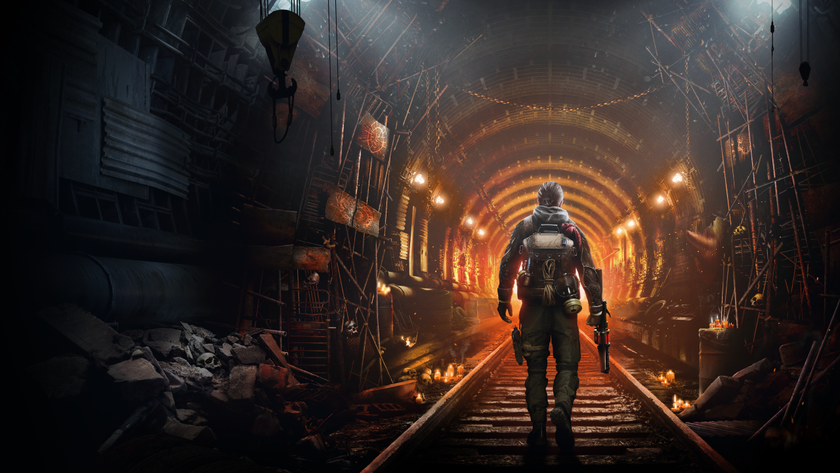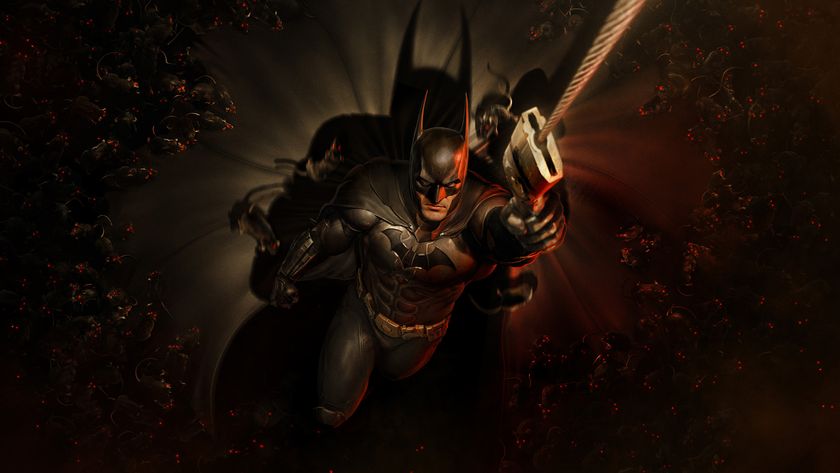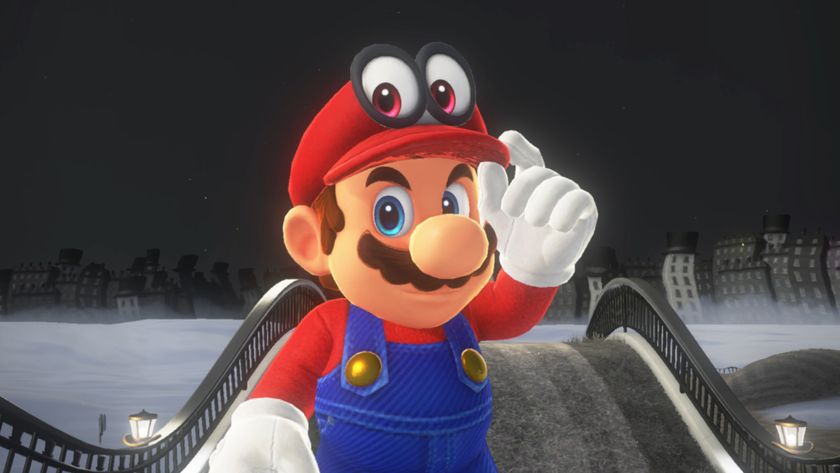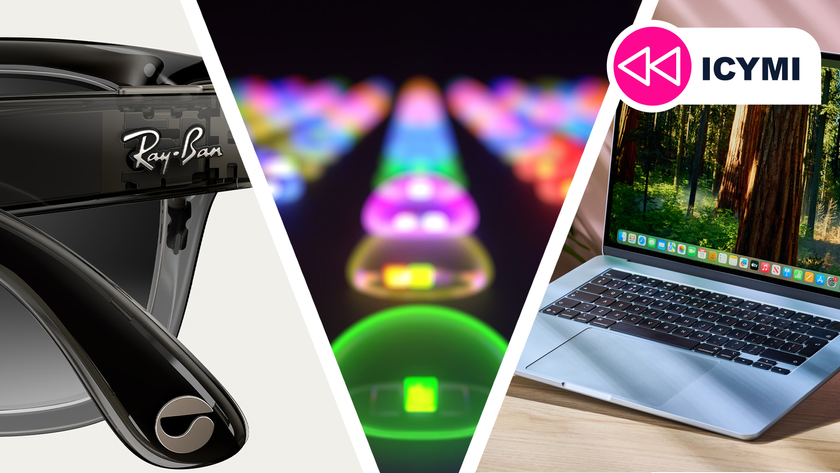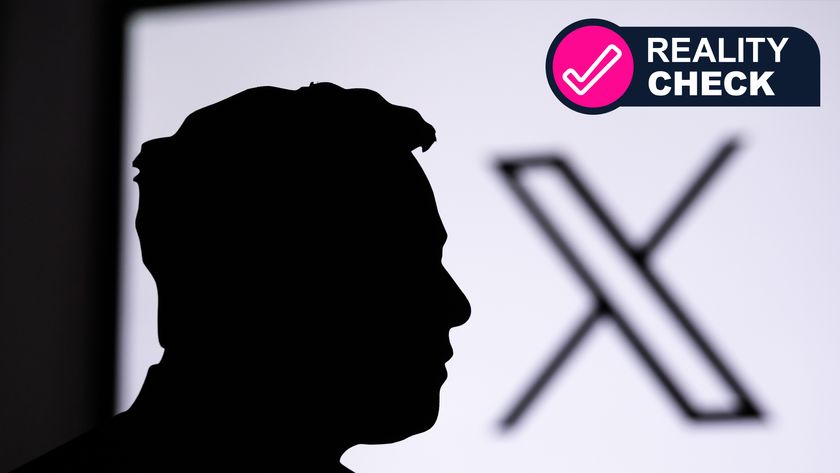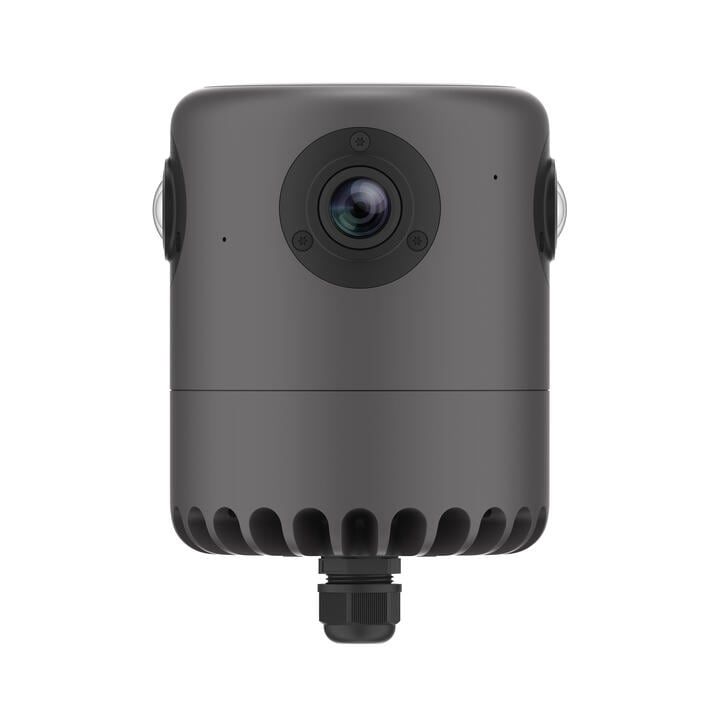Lone Echo should do for VR what Mario 64 did for Nintendo - send it stratospheric
A space odyssey like you’ve never experienced before
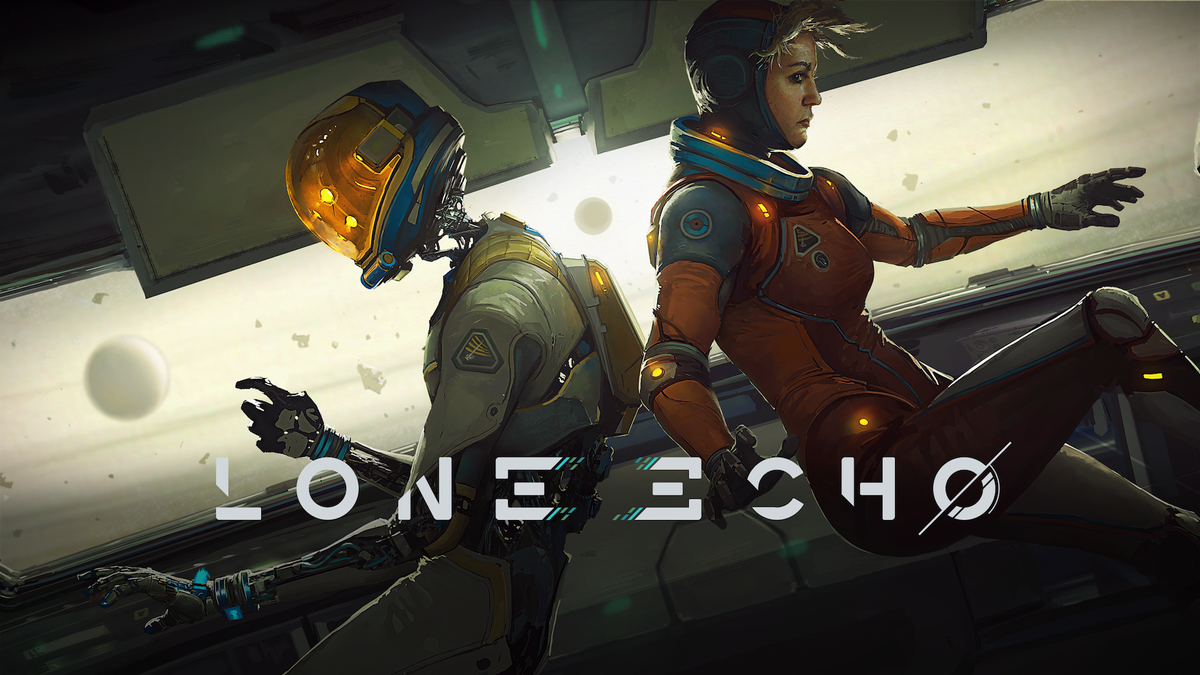
You can count the GPU teraflops, the pixel-pushing power and the platform exclusives all you want, but for developers to fully display the potential a new milestone gaming hardware device offers, that elusive 'killer app' is still paramount to success.
It’s a conundrum both Sony and Microsoft are facing with their PS4 Pro and Xbox One X consoles respectively – each mighty gaming machines, but (thanks in part to a commitment to supporting older console revisions) each not doing much beyond resolution bumps to set them apart from their forefathers.
Nintendo is actually very adept at pulling this feat off. Wii Sports perfectly illustrated the potential magic of the Wii’s motion controls. There was arguably an even greater revolution with the N64 and Super Mario 64 – its 3D worlds were so perfectly realised, its control scheme so perfectly executed, that it caused a sea change. There was no turning back.
Now, just over a year after the Oculus Rift’s consumer headset released, virtual reality has its Super Mario 64 moment, and its name is Lone Echo.
The zero-G dream
Oculus Rift exclusive Lone Echo is not the first VR game to put you in space – a number of spaceship fighter sims have already attempted it, as did the stomach-turning space disaster astronaut adventure Adrift.
But Lone Echo is the first one to get it so very right. So right, in fact, that my memories of playing it are not so much of me settling down to play a game, but more akin to ‘real’ memories that I have of moments out in the physical world.
You play the role of Jack, an AI housed in a robotic body, aboard a space station that (inevitably) experiences... difficulties, to put it euphemistically. It’s up to you to find out what’s going wrong with the aid of your human companion Liv, the captain of the ship.
Get daily insight, inspiration and deals in your inbox
Sign up for breaking news, reviews, opinion, top tech deals, and more.
VR always promises to give the player a sense of ‘presence’ not possible in other gaming mediums, and setting the title in space (wish fulfilment that it is) can bring with it unique problems – namely, pulling off that sense of zero gravity movement.
It’s something the majority of people will never truly experience, and yet can perfectly imagine what they’d assume it feels like. Get it wrong in VR, and it’s a recipe for motion sickness.

Lone Echo solves this in an incredibly novel way, taking full advantage of the intuitive complexity of the Oculus Rift Touch controllers, that let you make natural hand gestures like pointing and grabbing with ease.
Rather than pushing a stick to move forward, or teleporting like some VR games require you to do in order to circumvent the limitations of a constricted real-world play space, Lone Echo lets you grab onto surfaces, structures and items around you, and pull and push them to launch yourself off in a desired direction – just like those videos we’ve all seen of astronauts clambering around the International Space Station, and pretty much most of the film Gravity.
Little jet rockets on your wrist let you fine-tune a trajectory, and within moments you’re sweeping around the space station, with a sense of gravitational freedom comfortably at odds with the fact you know full well that your feet are actually firmly on the ground.
A space prodigy
The reality is, of course, all that’s really moving is the digitised position of your head, with your little robotic legs appearing to trail behind you. But between the novelty of zero-G movement, the fact you don’t know what robot legs would feel like, and the physicality of each grasping, pulling motion, your brain completely invests in the experience, with very little in the way of the negative side-effects usually associated with discombobulating VR movement.
The way the controller tracks the intentions of your fingers, splaying out across surfaces, is remarkably immersive, as is the way it intelligently guesses at the position of your arms. It’s like you’re really there.
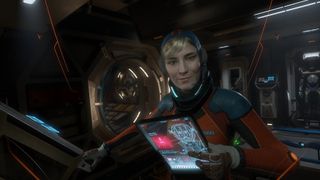
Beyond the groundbreaking, Lone Echo pulls off the ‘everyday’ of gaming with aplomb too. It’s one of the most visually accomplished VR games I’ve seen so far, with developers Ready at Dawn again showing off their skill at facial motion capture.
The script is well written and equally well delivered, while the seven-or-so hour adventure (a perfect length for a VR game) is peppered with secrets to discover and multiple conversation options, offering reasons to replay.
And while I’ve not ventured into multiplayer as much as the single player campaign, I’ve heard good things about Lone Echo’s competitive component, which uses the novel navigation system to create a Tron-like game of zero-G space rugby.
Barriers to entry remain for virtual reality, though. To play Lone Echo you not only have to buy the game of course, but the headset, touch controllers and three motion tracking sensors to deliver the 360-movement the game requires. That’s before factoring in the cost of the PC to run it, and the unavoidable (but more than bearable) discomfort of having a screen strapped to your face with wires coming out of it.
But it’s as close to a literal out-of-this-world experience that many of us will ever get. It’s the promise of the VR dream brought into sharp focus, a convincing and all-encompassing journey into a body and environment wholly different from our own. It’s the most excellently executed escapist excursion gaming has ever offered up, and it has to be lived to be believed.
Gerald is Editor-in-Chief of iMore.com. Previously he was the Executive Editor for TechRadar, taking care of the site's home cinema, gaming, smart home, entertainment and audio output. He loves gaming, but don't expect him to play with you unless your console is hooked up to a 4K HDR screen and a 7.1 surround system. Before TechRadar, Gerald was Editor of Gizmodo UK. He is also the author of 'Get Technology: Upgrade Your Future', published by Aurum Press.
